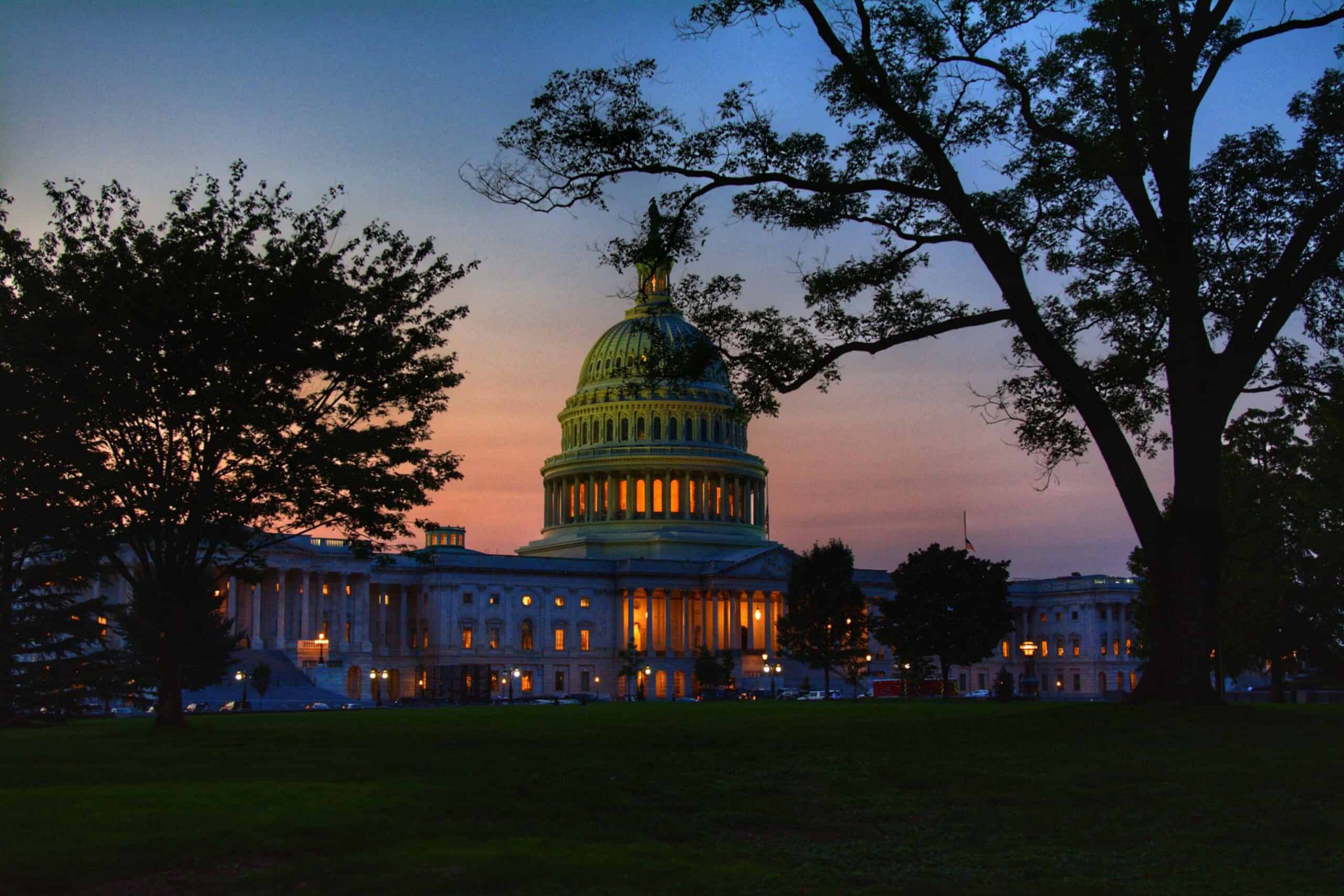
Fred Wang is a student at Harvard Law School.
In today’s news and commentary, a major spending bill passes the Senate, while the labor market exceeds analyst expectations — and then some.
More big news from Washington. The $740 billion climate, health-care, and tax bill that Kevin teed up over the weekend passed the Senate yesterday afternoon, with Vice President Kamala Harris casting the tie-breaking vote. Half of that money will fund clean-energy projects and initiatives — “one of the single biggest investments ever made on climate in the world.” Although a significant achievement, the Inflation Reduction Act, Axios explains, “is far less ambitious than most Democrats wanted” — no doubt because anything bigger would have scared away the Party’s two centrist members, Senators Joe Manchin and Kyrsten Sinema.
But not every part of the spending bill came out unscathed. A plan to control drug prices for Americans with private health insurance was cut after the Senate parliamentarian decided that it was not closely related to the federal budget. That exclusion, Alice Ollstein of Politico writes, means “there is little left that will reduce costs for the vast majority of Americans who receive health insurance through their private sector employer.” The same thing happened to a provision capping out-of-pocket spending on insulin to $35 for patients enrolled in private insurance.
Of course, the parliamentarian’s opinion, as Matt Bruenig at People’s Policy Project has argued, is just that — an opinion. “The presiding officer” — here, Vice President Harris — “has the sole authority to sustain or dismiss a point of order. The parliamentarian has no formal role at all.” The bill now goes to the House, where it is expected to pass.
The U.S. labor market continues to post surprisingly strong numbers, the latest Labor Department figures confirm. The U.S. economy added 528,000 jobs last month. That’s over twice (!!) as many jobs as analysts had forecasted. Plus, the unemployment rate fell to just 3.5%, matching its lowest level in the last 50 years. This “blistering pace of growth,” the New York Times explains, makes for a “befuddling benchmark considering other recent signs of a slowing economy, including a falling gross domestic product and a more sedate housing market.”






Daily News & Commentary
Start your day with our roundup of the latest labor developments. See all
July 15
The Department of Labor announces new guidance around Occupational Safety and Health Administration penalty and debt collection procedures; a Cornell University graduate student challenges graduate student employee-status under the National Labor Relations Act; the Supreme Court clears the way for the Trump administration to move forward with a significant staff reduction at the Department of Education.
July 14
More circuits weigh in on two-step certification; Uber challengers Seattle deactivation ordinance.
July 13
APWU and USPS ratify a new contract, ICE barred from racial profiling in Los Angeles, and the fight continues over the dismantling of NIOSH
July 11
Regional director orders election without Board quorum; 9th Circuit pauses injunction on Executive Order; Driverless car legislation in Massachusetts
July 10
Wisconsin Supreme Court holds UW Health nurses are not covered by Wisconsin’s Labor Peace Act; a district judge denies the request to stay an injunction pending appeal; the NFLPA appeals an arbitration decision.
July 9
the Supreme Court allows Trump to proceed with mass firings; Secretary of Agriculture suggests Medicaid recipients replace deported migrant farmworkers; DHS ends TPS for Nicaragua and Honduras